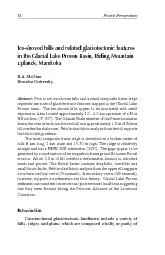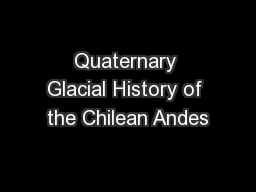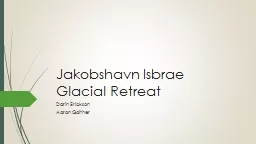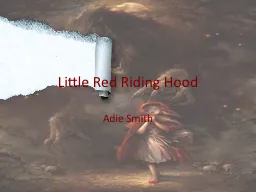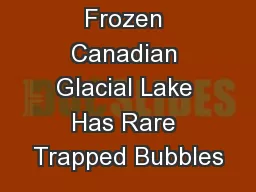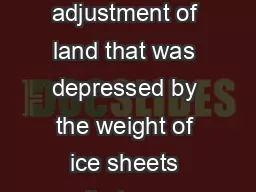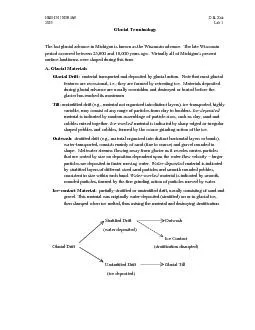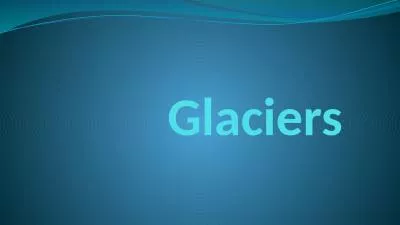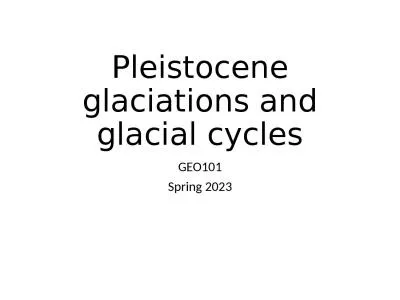PDF-in the Glacial Lake Proven Basin, Riding MountainProven basin. The ic
Author : faustina-dinatale | Published Date : 2015-10-21
Glacial Deposits formed a Work Group on Glacial TectonicsWGGT in 1987 Dr J Aber served as the overall coordinatorfor North America By 1993 Aber had compiled an extensivebibliography
Presentation Embed Code
Download Presentation
Download Presentation The PPT/PDF document "in the Glacial Lake Proven Basin, Riding..." is the property of its rightful owner. Permission is granted to download and print the materials on this website for personal, non-commercial use only, and to display it on your personal computer provided you do not modify the materials and that you retain all copyright notices contained in the materials. By downloading content from our website, you accept the terms of this agreement.
in the Glacial Lake Proven Basin, Riding MountainProven basin. The ic: Transcript
Download Rules Of Document
"in the Glacial Lake Proven Basin, Riding MountainProven basin. The ic"The content belongs to its owner. You may download and print it for personal use, without modification, and keep all copyright notices. By downloading, you agree to these terms.
Related Documents

